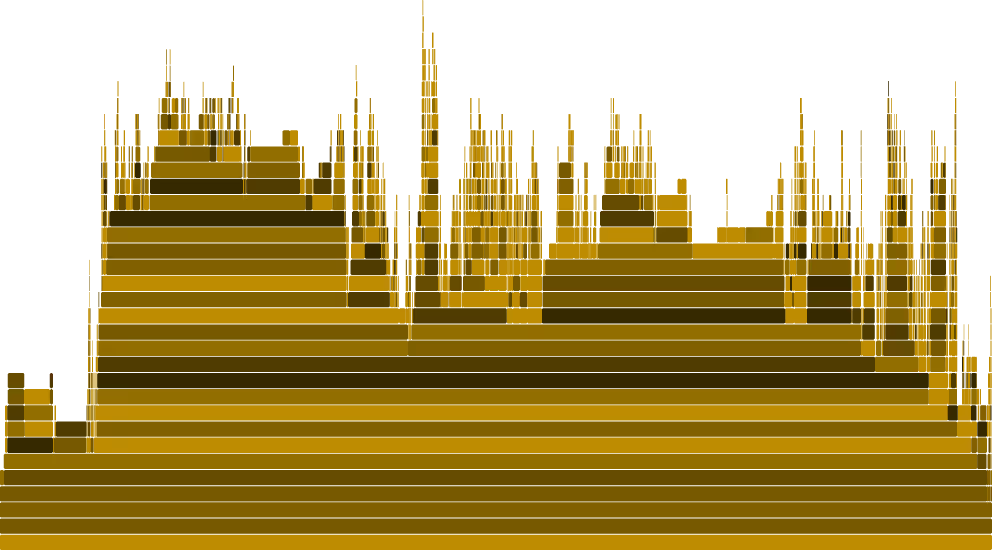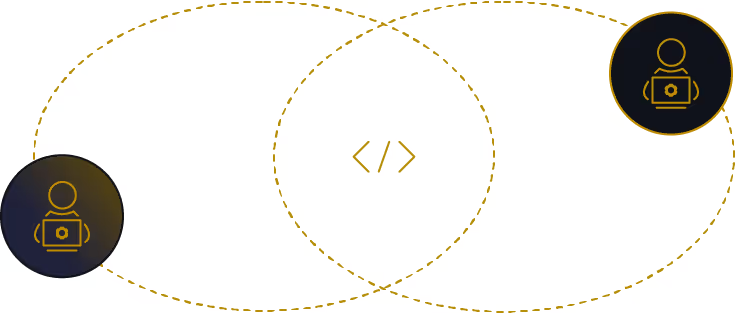Software
Deep-tech approach to lightning-fast software

Building the Digital Infrastructure of Energy
Our Software team builds systems that redefine energy operations. At the center is a trading platform designed for low latency, high throughput, and absolute reliability, driving decisions in the fastest power markets worldwide. Surrounding it are platforms that optimize battery storage in real time, manage complex energy portfolios, and turn raw data into actionable intelligence at scale.
This software doesn’t sit in the background—it shapes how clean energy is traded, managed, and delivered. If you thrive on building high-performance systems where every microsecond counts, and want your code to have immediate impact on the future of energy, you’ll find your next challenge here.



Meet Us
Our Principles of Excellence
1. Continuous Delivery
In automation we trust.
We avoid manual and repetitive tasks and automate everything in the development lifecycle – from infrastructure provisioning to continuous builds & unit testing to E2E testing testing & security scans to releases & alerting.

Using GitOps principles, we manage both infrastructure and software code deployment seamlessly.
For each project multiple isolated environments (dev/uat/prod) exist and the promotion between the environments is seamless and automated. Most infrastructure runs in the cloud, with some low-latency deployments on bare metal hardware. We use blue-green deployment for rapid, stable releases.
Our applications consist of hundreds of microservices, mostly stateless, running 24/7.
These are divided into:
- Java Virtual Machine-based services written in Kotlin: Representing our low latency trading platform
- Python-based services: Handling analytical models and data pipelines.
2. Observability
Transparent systems are easier for operators to understand and maintain, and every engineer should know that. We work hard to make systems as transparent as possible by exposing verbose and human-readable logs, various metrics, and distributed traces collected in real time and published to a central observability platform. There, they can trigger automated alerts or be correlated as part of further analysis.
When building low-latency systems, it is especially important to continuously profile services with zero or close to zero overhead directly in production. This allows for automated alerts and detailed analysis. Continuous profiling of our services in production helps us understand CPU and memory usage, identifying performance issues before they become problematic. As a result, our systems are robust and reliable.

3. Efficiency
Small, independent teams are the most efficient. Our efficiency is driven by small, independent teams of around six people each, including developers, a tech lead, a project manager, and a QA engineer.
Our teams operate autonomously, delivering and deploying services. We rely on DORA metrics, a powerful tool for tracking performance, to ensure we’re always on top of our game. To maintain high DORA metrics, we leverage feature flags, a smart strategy for implementing new features without disrupting the user experience.
We adopt the latest agile software development trends, such as trunk-based development and pair programming, to maintain our competitive edge.

4. Collaboration & Transparency
We foster a collaborative environment with fluid team boundaries. Everyone is encouraged to help each other. Our diverse team includes programmers, network engineers, IT operations experts, product managers, and data scientists.
Whether you’re writing code for a trading desk, building data pipelines, or analyzing latencies, you can always rely on help from others.
Regular technical town halls keep everyone informed about achievements and upcoming goals. Every team shares their technical roadmap with others, ensuring everyone in the department is on the same page about who is working on what and why.
5. Always up to date
Continuous research and adoption of new technologies and practices keep us ahead of the curve. We believe in regularly refactoring and improving our systems to thrive in today’s fast-paced technological landscape. We integrate recent technologies exceptionally quickly without requiring many meetings and approval.
Everybody, no matter what role, can come up with a new idea and if it makes sense then execute it in a matter of days.
6. Performance
For latency-sensitive services, we use advanced GC-free and lock-free programming techniques. Our low-latency technology stack includes ultrafast messaging middleware, message codec libraries, timestamping, and histogram measurements.
Messaging Middleware
- handling throughputs up to 20 million messages/sec over as single communication channel
- with single digit microsecond RTT latencies over the network
- able to record all the real-time traffic going through the system and replay it deterministically when needed. Such functionality provides us ease of debugging, fast issue resolution and data post-processing.
- supporting kernel bypass if needed
Message Codec Library
- able to encode/decode 30 million messages / sec on a single thread
- with 30 nanoseconds latency for a single message
Timestamping and Histogram Measurements
- constant and fixed memory footprint
- 3 nanoseconds latency per histogram value recording
"You don't have to be an engineer to be a racing driver, but you do have to have Mechanical Sympathy."
Jackie Stewart
Coined by racing driver Jackie Stewart, ‘Mechanical Sympathy’ is about understanding and caring for how a machine works to extract peak performance. This concept is at the heart of our approach. Our engineers not only master the underlying hardware and operating systems, but they also incorporate this knowledge into system design and use advanced kernel tuning techniques to maximize performance. This expertiseensures our systems can scale and consistently outperform competitors.
7. Quantitative research
Our quantitative research guides us through markets, revealing patterns and insights. We use various models, from classical statistical methods to cutting-edge AI techniques. Our researchers, often from solid academic backgrounds or prestigious international contests, navigate the complexities of financial markets with precision and innovation.
This research integrates big data, state-of-the-art machine learning, modern production workflows, and top-notch monitoring tools, ensuring we stay ahead of the competition.